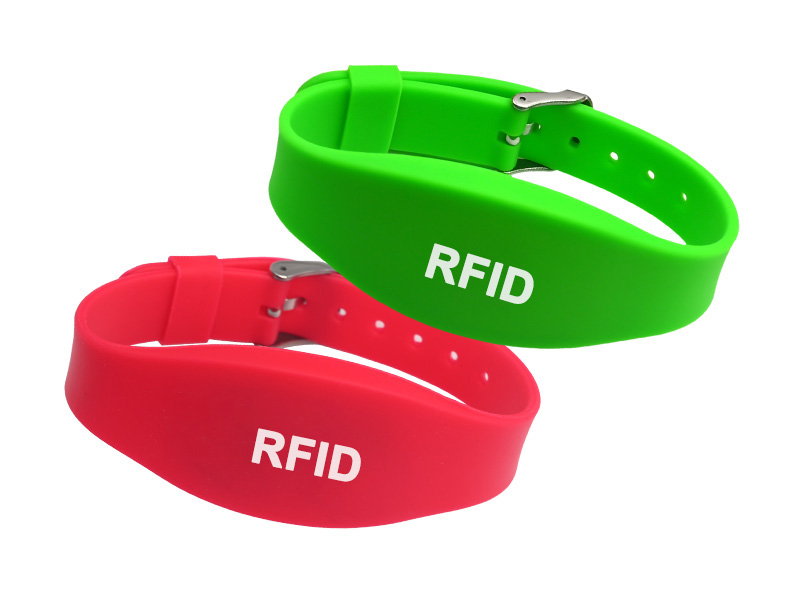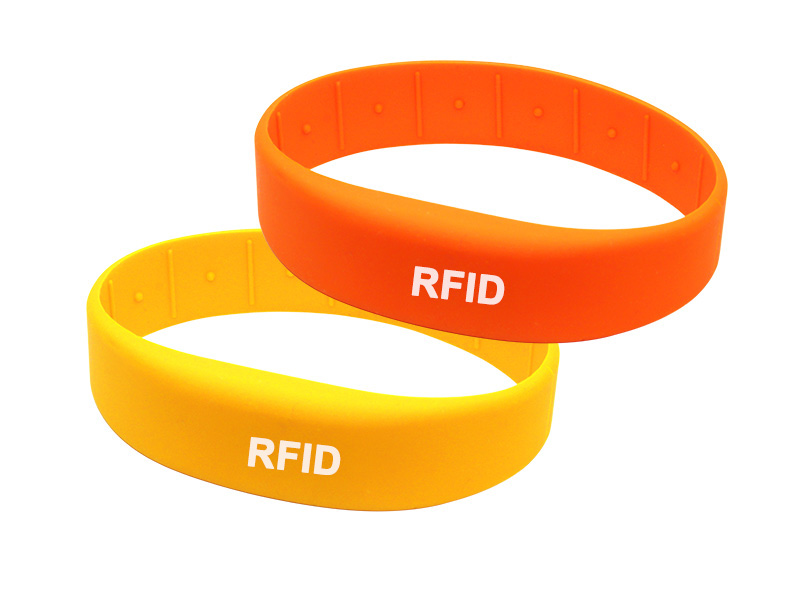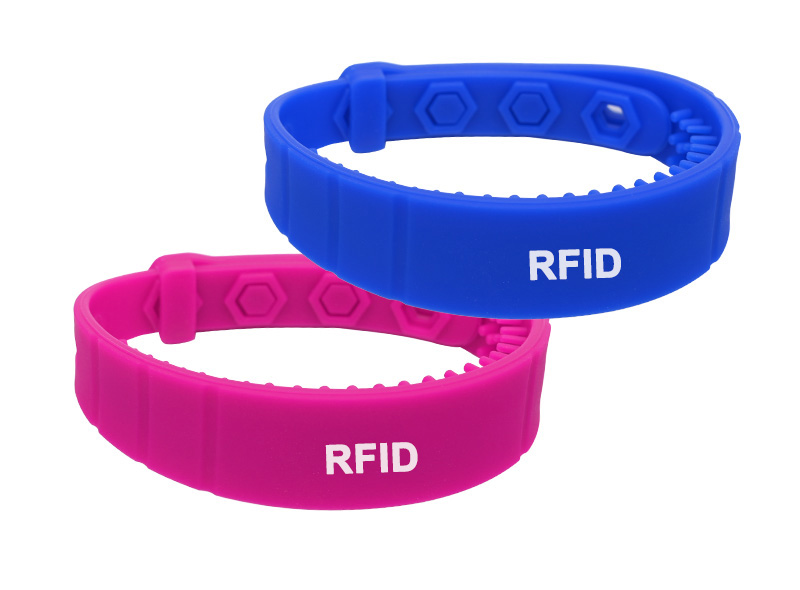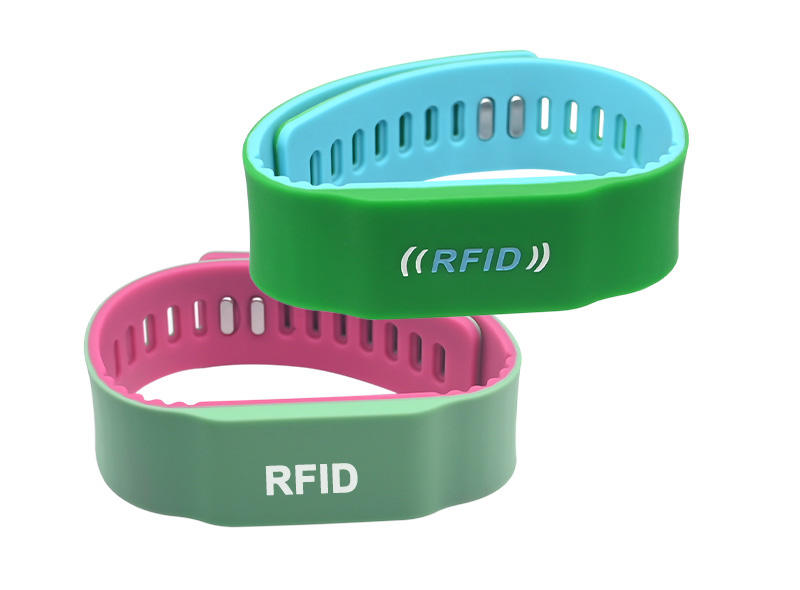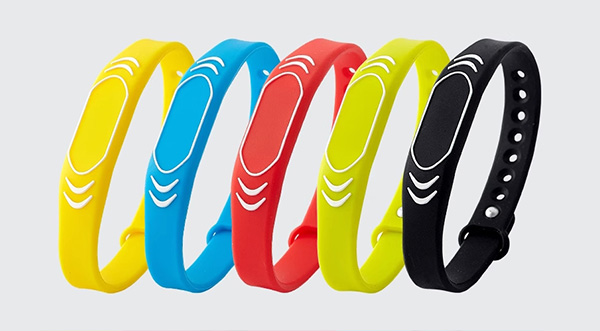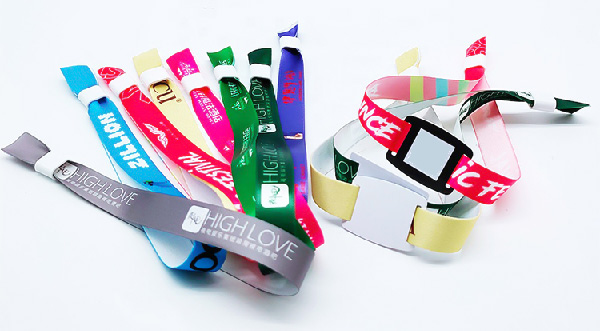RFID adhesive labels are a type of label that combines adhesive labels and radio frequency
This type of label is commonly used for product identification and tracking, and is widely used in industries such as logistics, retail, manufacturing, and healthcare. The following is a detailed introduction to RFID adhesive labels, covering their structure, working principle, advantages, application scenarios, selection considerations, as well as installation and usage precautions.
1. Structure and working principle
1.1 Structure
RFID adhesive labels are mainly composed of the following components:
RFID chip: Built in data storage, storing relevant information about objects (such as unique identifiers, product information, etc.).
Antenna: The antenna in an RFID chip enables it to receive and transmit radio frequency signals, typically using copper wire, aluminum wire, or other conductive materials.
Label substrate: The substrate of self-adhesive labels is usually paper or plastic, which has good adhesion and durability.
Protective layer: The label surface may be covered with a layer of protective material (such as transparent plastic) to enhance wear resistance and waterproofing.
1735626850603259.png
1.2 Working principle
RFID adhesive labels communicate through RFID readers. The reader/writer sends radio waves, activates the chip in the tag, and reads the stored data from it. Tags can be active (built-in battery, active signal transmission) or passive (relying on energy acquisition from the reader/writer, passive signal reflection).
2. Advantages
The advantages of using RFID adhesive labels include:
Efficiency: RFID tags can be quickly read, enabling batch recognition and rapid scanning even without direct line of sight.
Durability: RFID adhesive labels typically have high resistance to water, oil, and chemical corrosion, making them suitable for use in harsh environments.
Accuracy: Reduce human errors and ensure the accuracy and consistency of data information.
Data storage capability: RFID chips can store more information than ordinary barcodes, including batch numbers, production dates, expiration dates, etc.
Real time tracking: It can achieve real-time tracking and management of items, improving inventory and logistics efficiency.
3. Application scenarios
RFID adhesive labels are widely used in various industries, including but not limited to:
Retail industry: used for product management, inventory control, and anti-theft systems to enhance the shopping experience.
Logistics management: Used in warehousing and distribution processes to facilitate tracking of goods status and optimize transportation processes.
Manufacturing industry: used for identifying and tracing components and finished products on the production line to improve production efficiency.
Medical industry: Used for medical equipment, drugs, and recording patient information in hospitals to ensure patient safety.
Supply chain management: By tracking raw materials, components, and finished products in real-time, it improves the visibility and management efficiency of the supply chain.
4. Factors to consider when selecting
When choosing RFID adhesive labels, the following factors need to be considered:
Tag type: Choose active or passive tags depending on application requirements and environmental conditions.
Label material: Choose appropriate label materials (such as paper, plastic, metal, etc.) based on the usage environment.
Read and write distance: Different RFID tags have different read and write distances, choose the tag type that meets the requirements.
Working frequency: There are usually low frequency (LF), high frequency (HF), and ultra-high frequency (UHF) tags, and different frequencies are suitable for different application scenarios.
Environmental resistance: Consider the performance requirements of the label, such as resistance to pollution, high temperature, and corrosion, in the environment.

5. Precautions for installation and use
When using RFID adhesive labels in practice, the following precautions should be taken:
Correct attachment: Ensure that the label surface is clean and smooth, avoiding bubbles or wrinkles to improve adhesion.
Label location: Choose a suitable location to attach the label and avoid being obscured. Ensure that the reader can smoothly recognize the tag signal.
Regular inspection: Regularly check the status and adhesion of the label, and replace it promptly if any damage is found to avoid affecting its use.
Data management: Ensure that the associated backend system can effectively manage the data information in the tags and perform real-time updates.
Training personnel: Provide necessary training to employees who use RFID tags to ensure they understand the usage and management processes.
summarize
RFID adhesive labels provide an efficient and accurate product tracking and management solution for various industries. With the development of technology and the popularization of applications, RFID tags will demonstrate their unique value in more fields in the future. If you have any further questions or needs regarding RFID adhesive labels, please feel free to communicate with me further. I can provide more specific information and suggestions!

